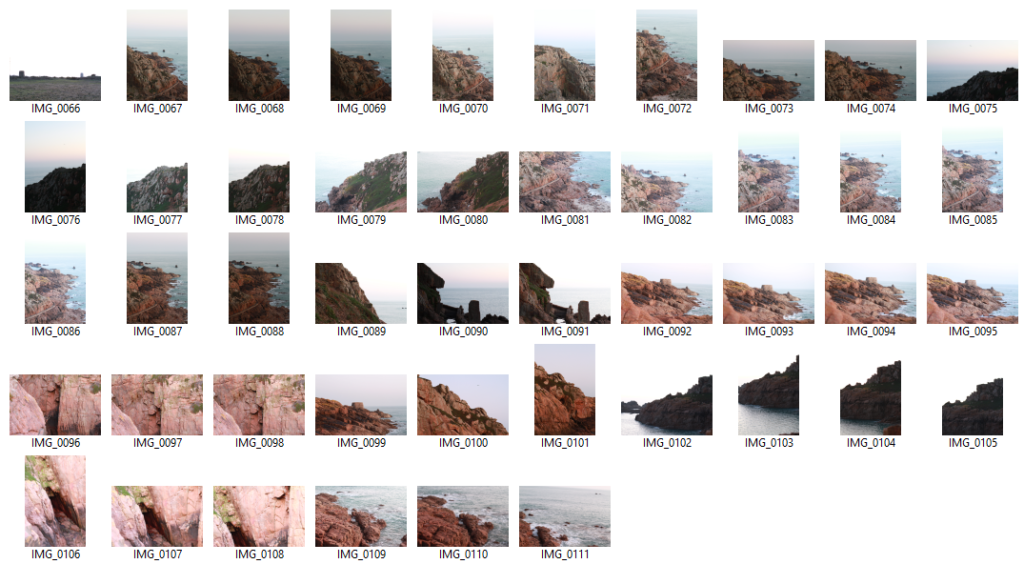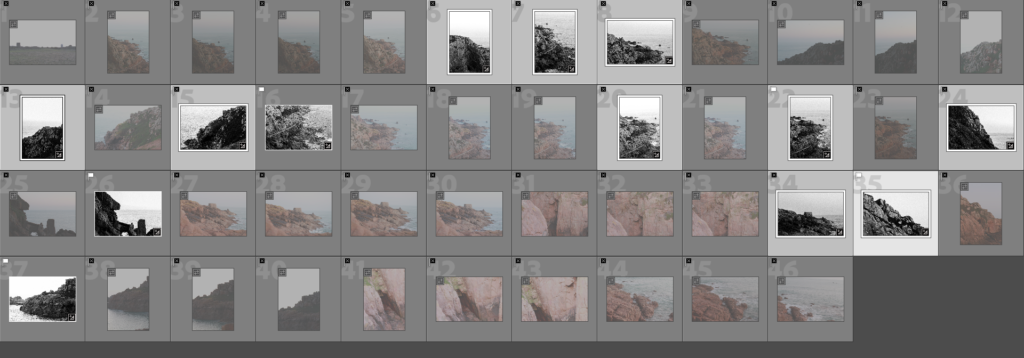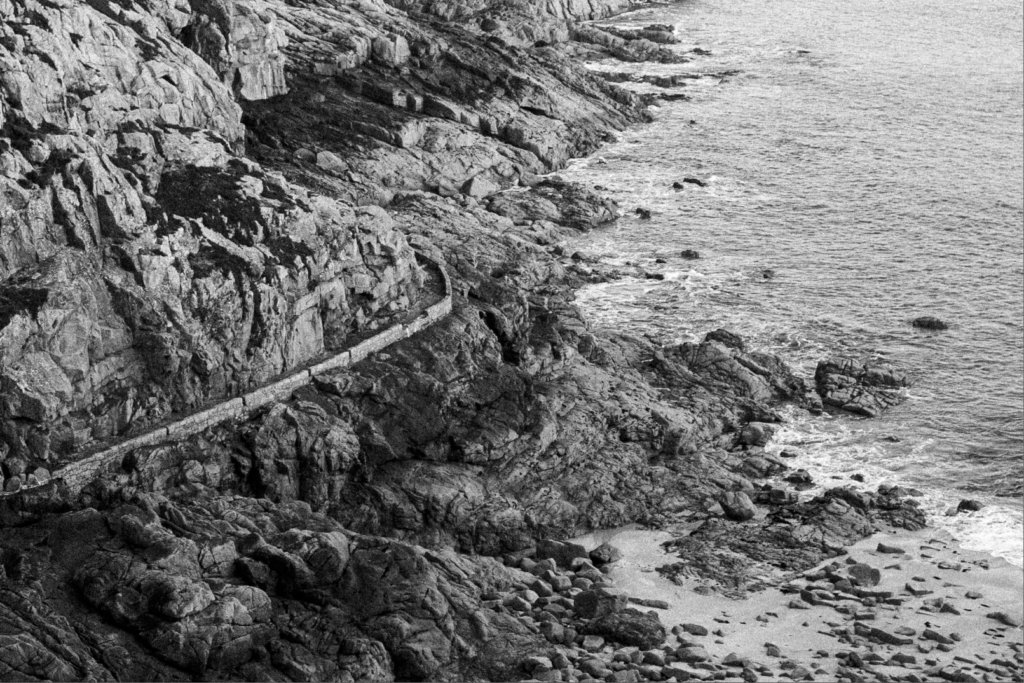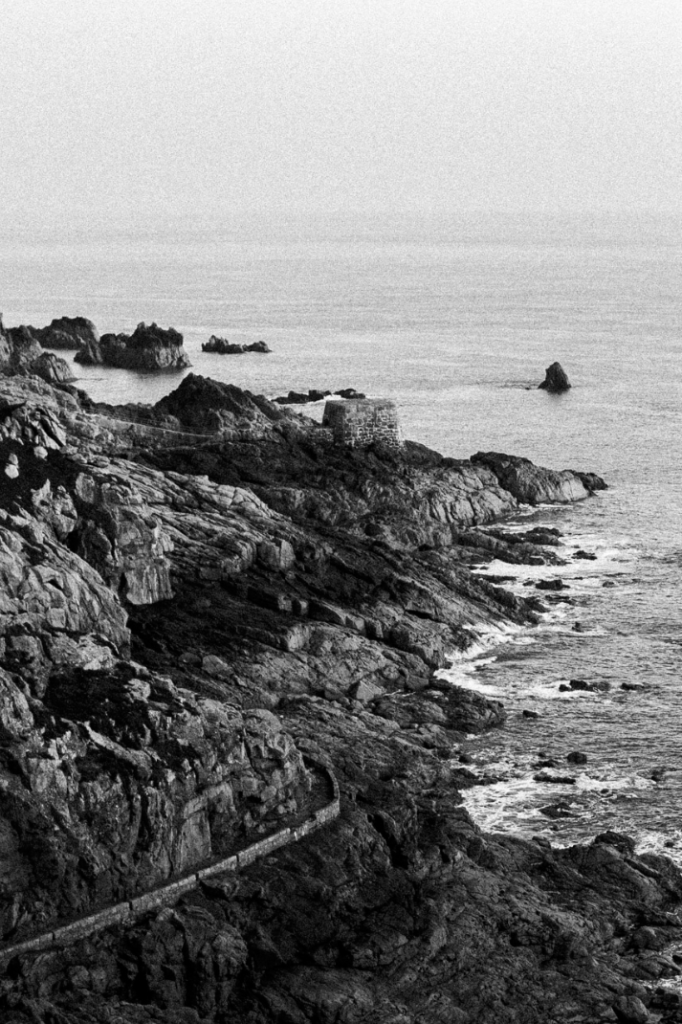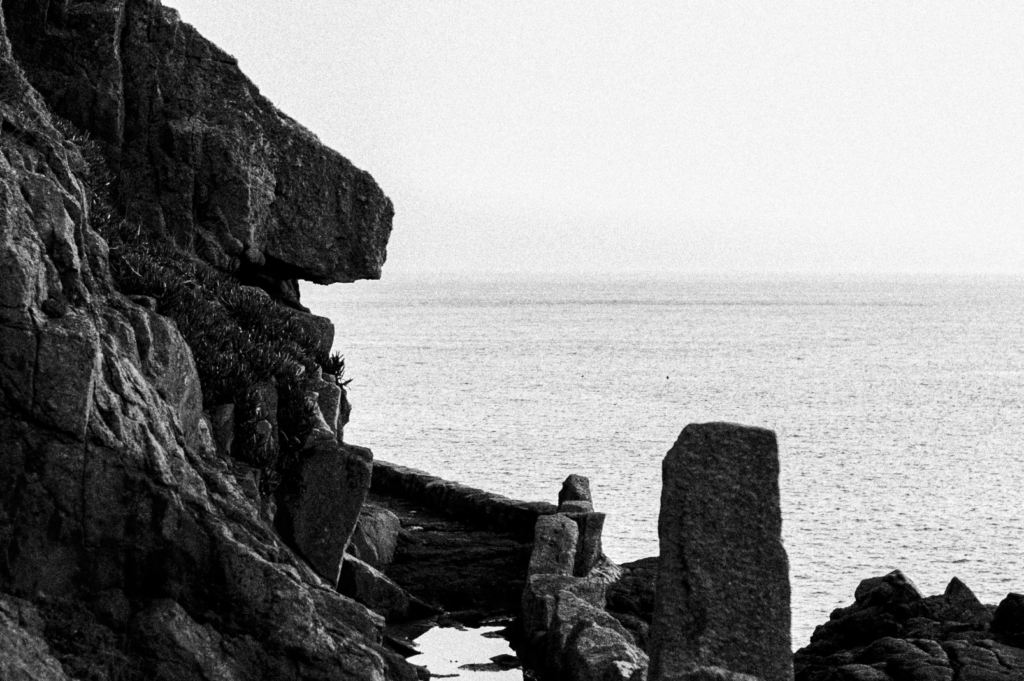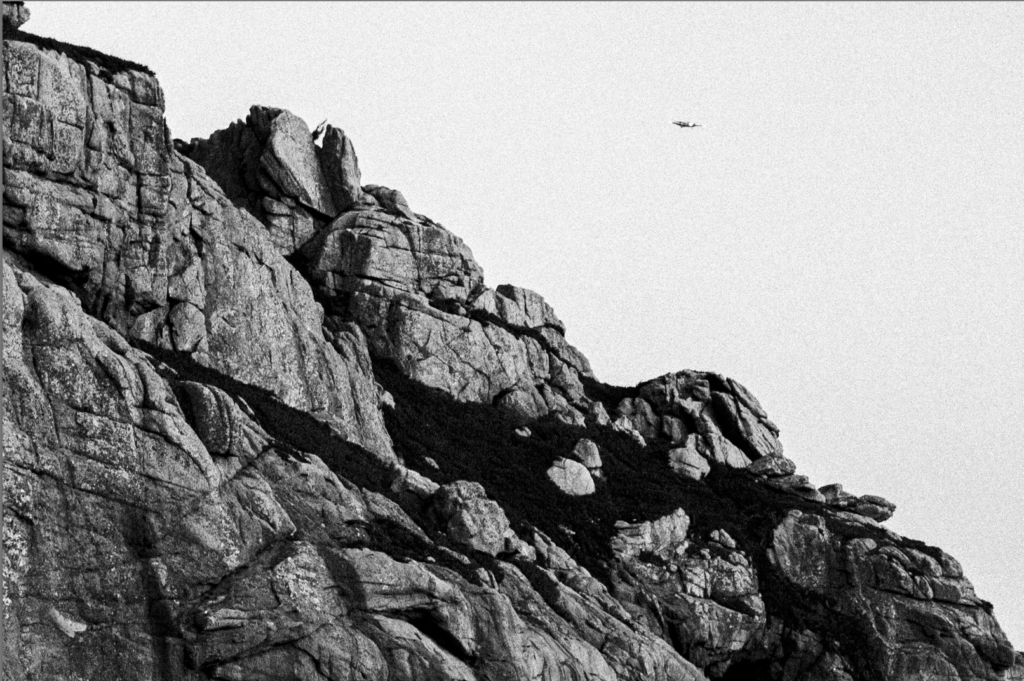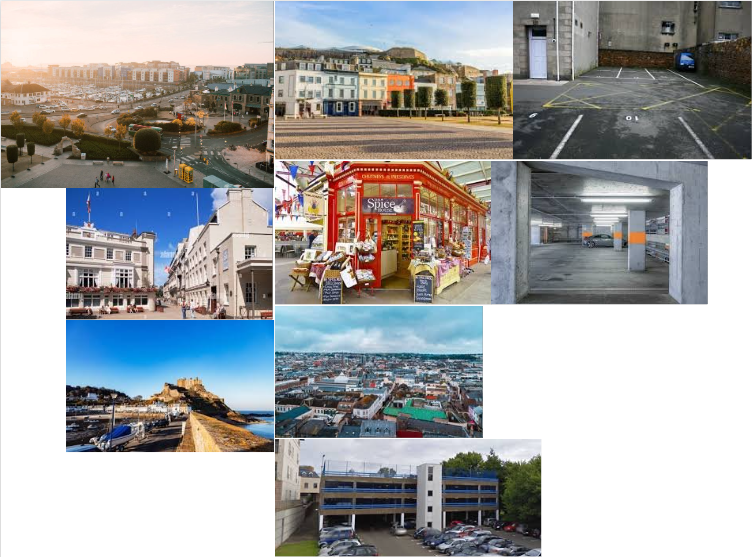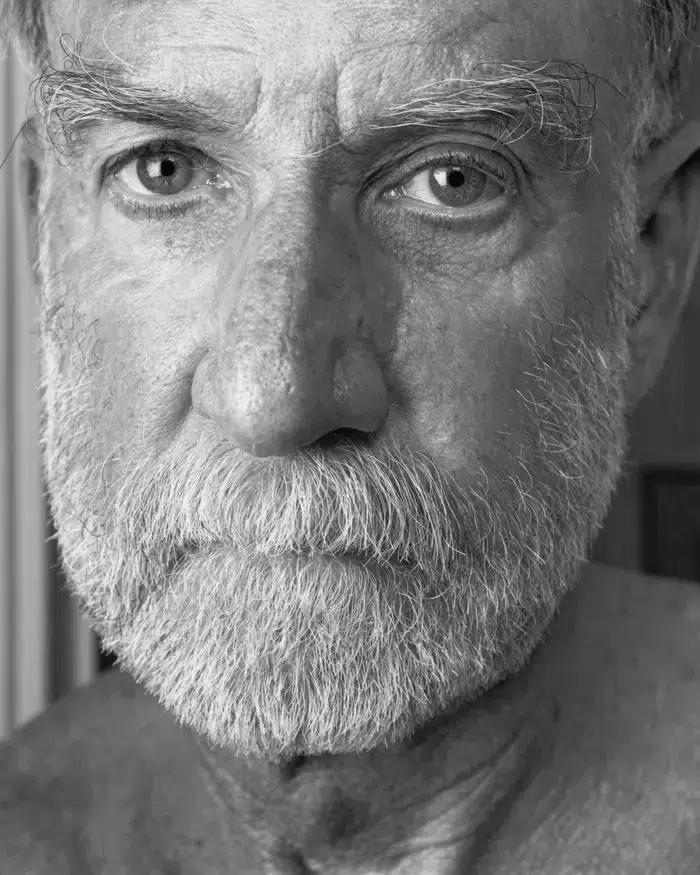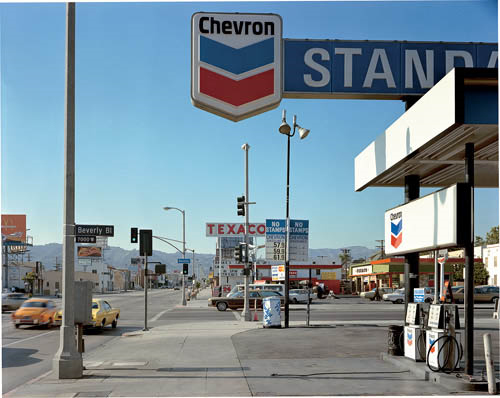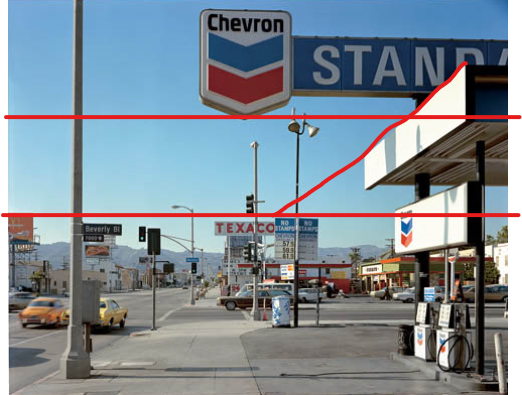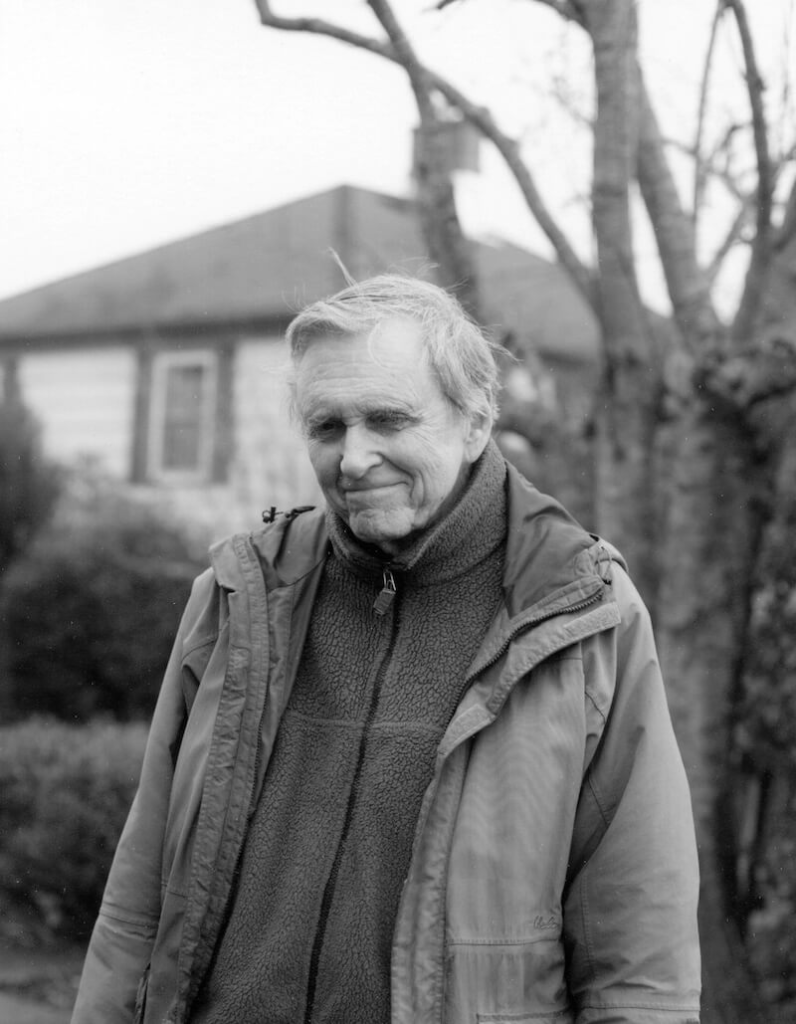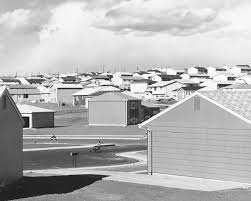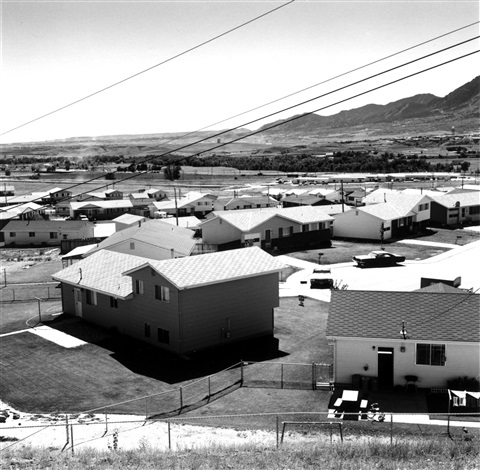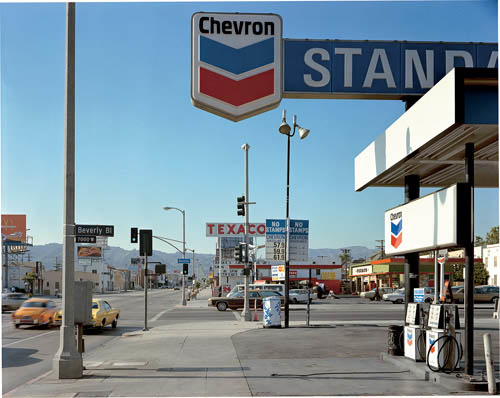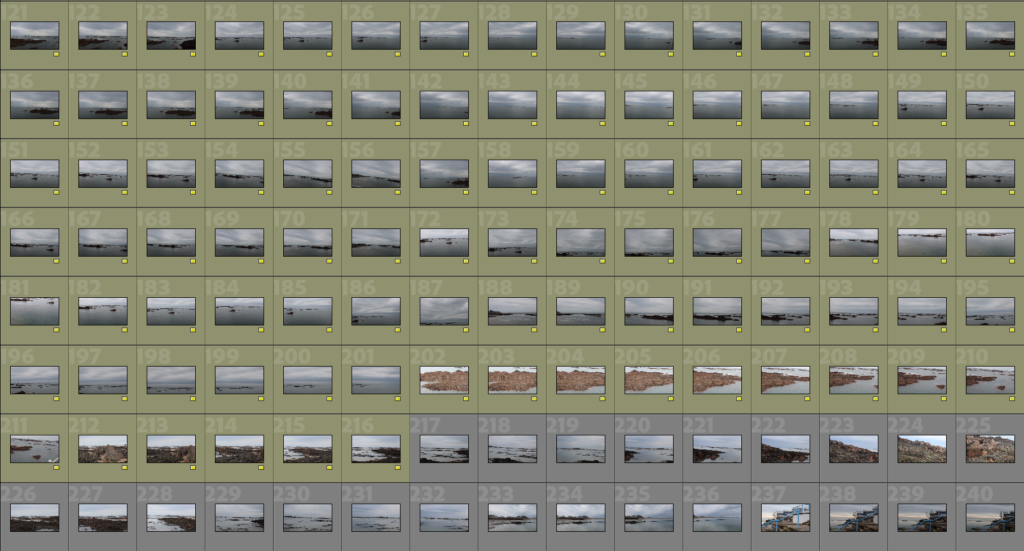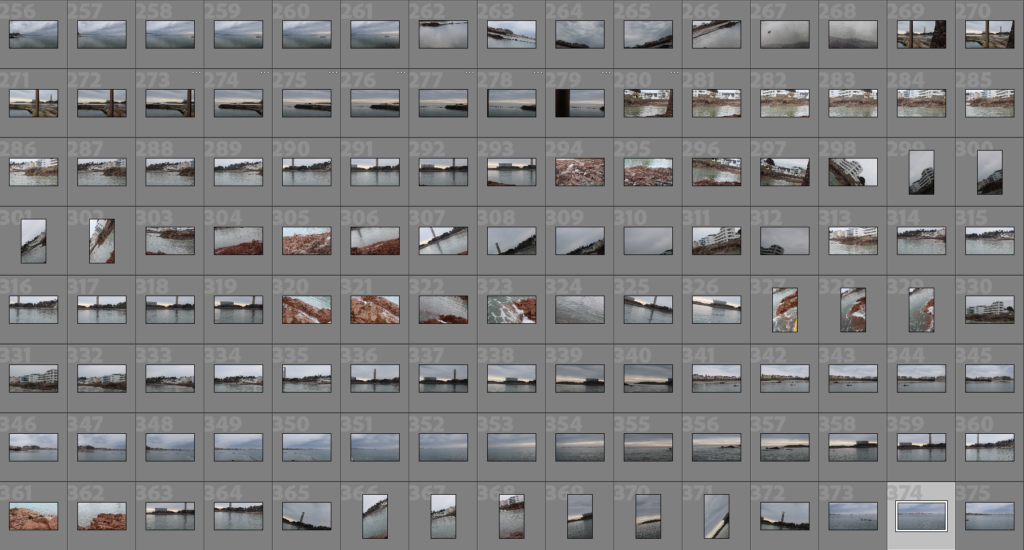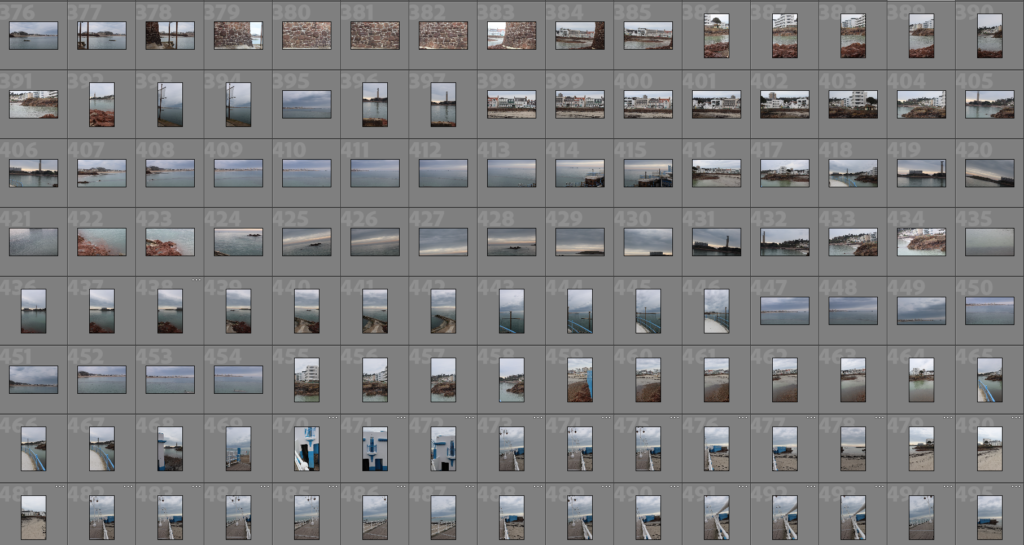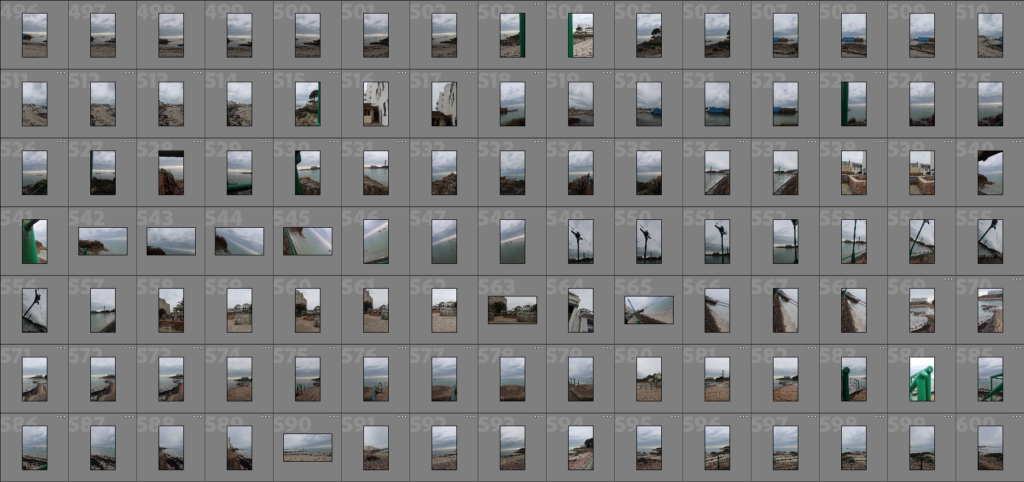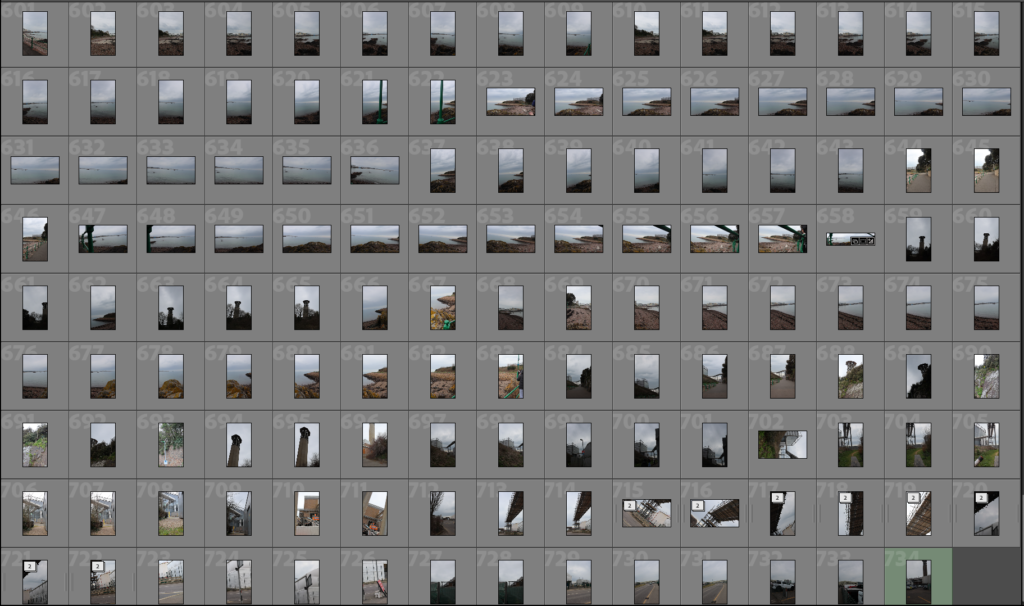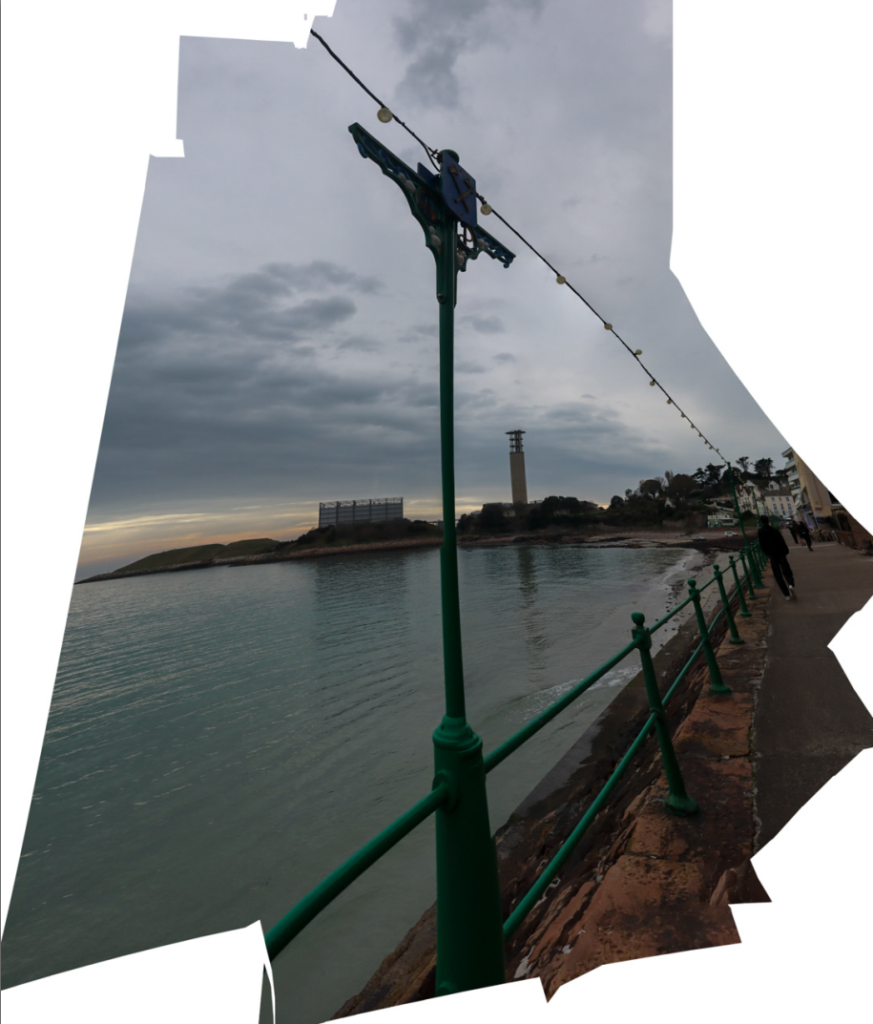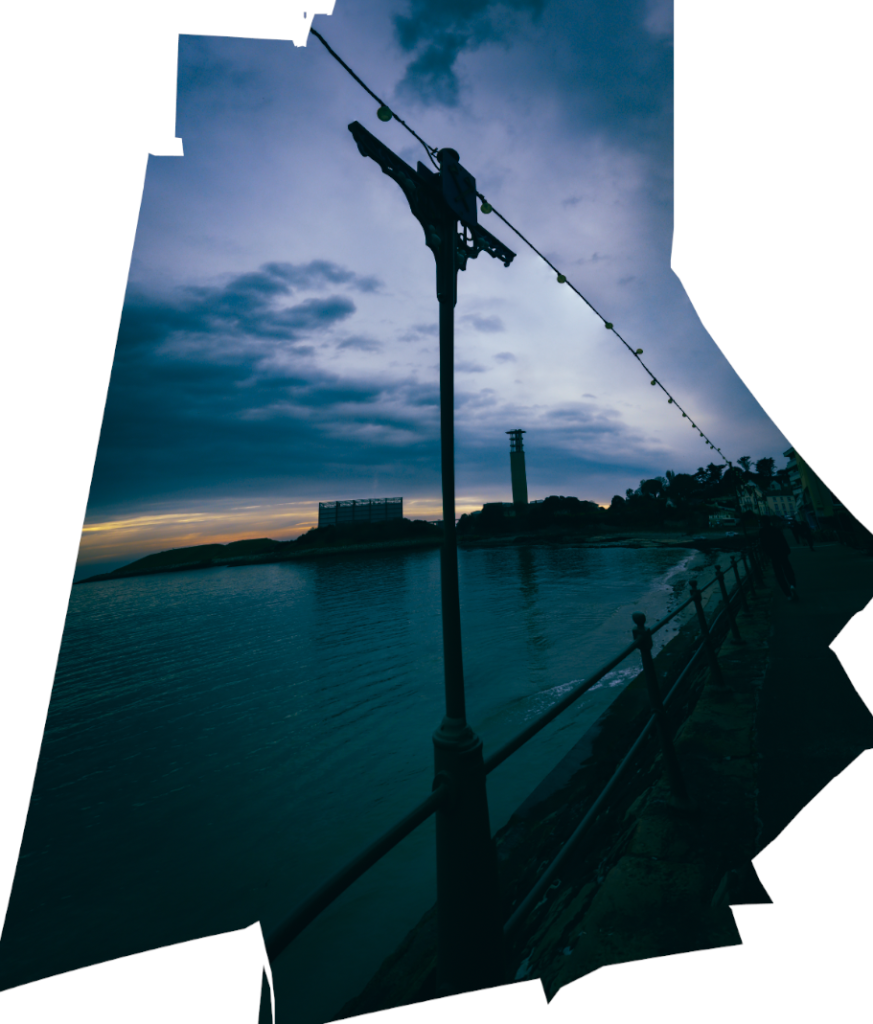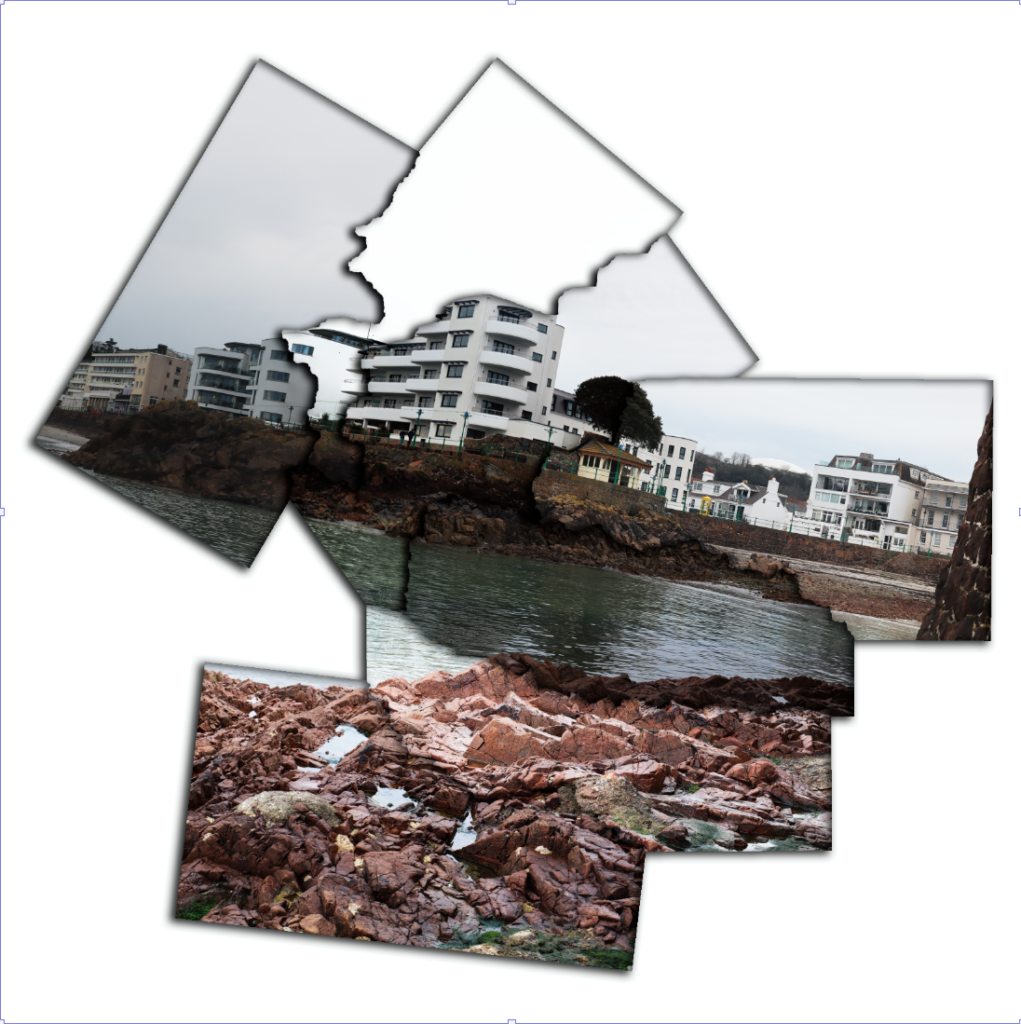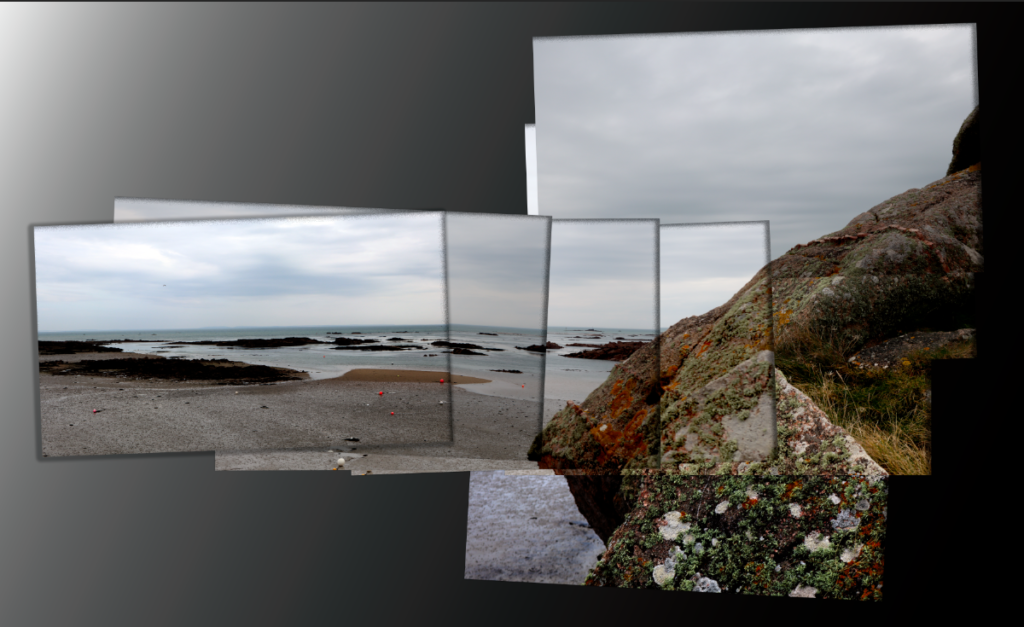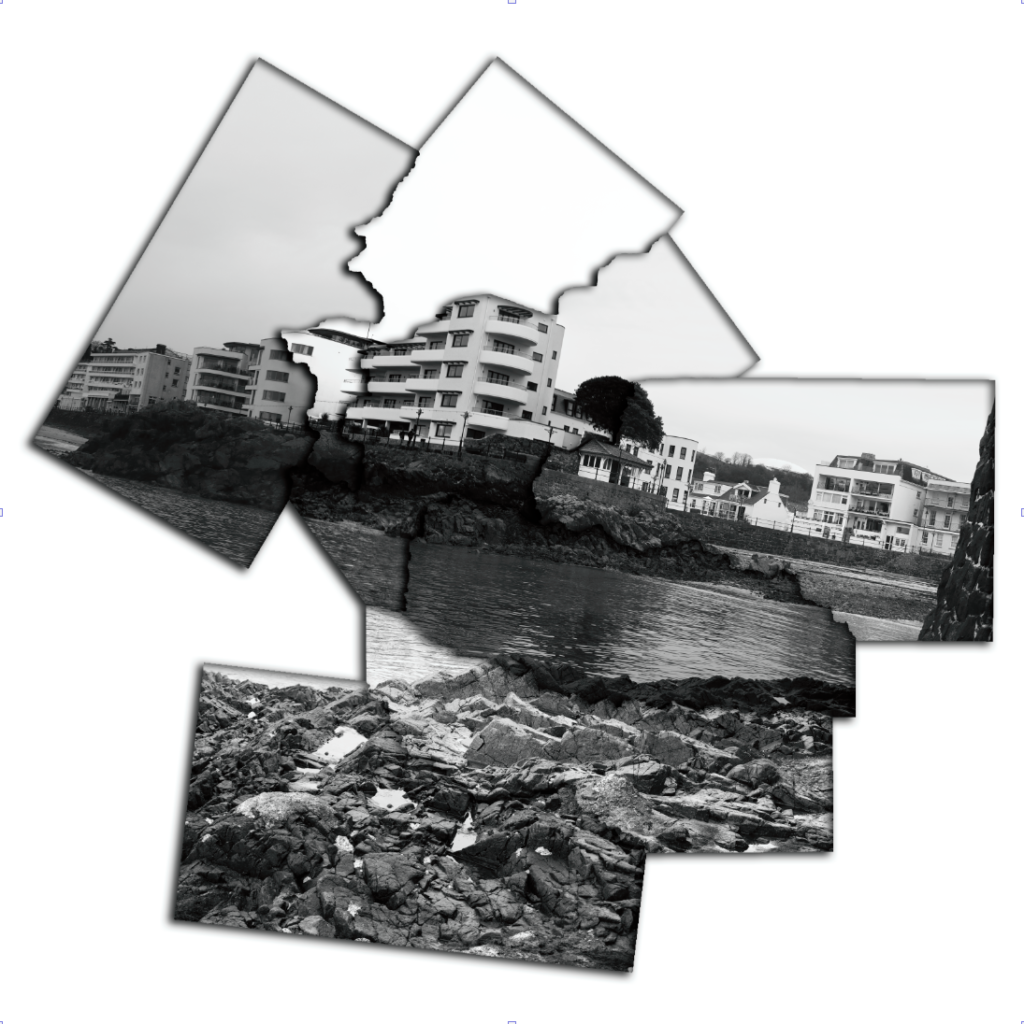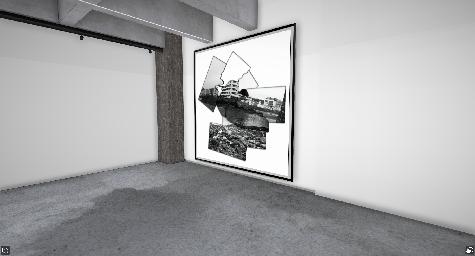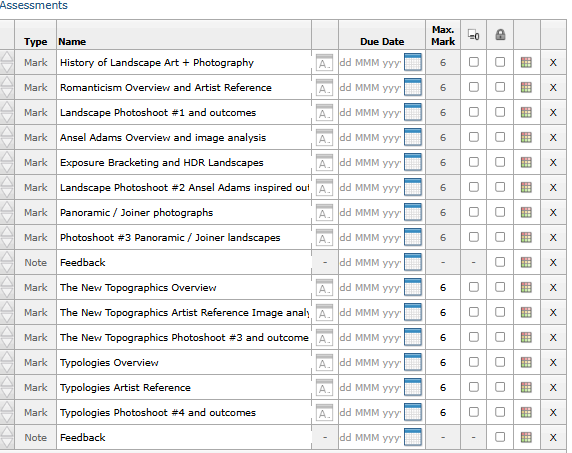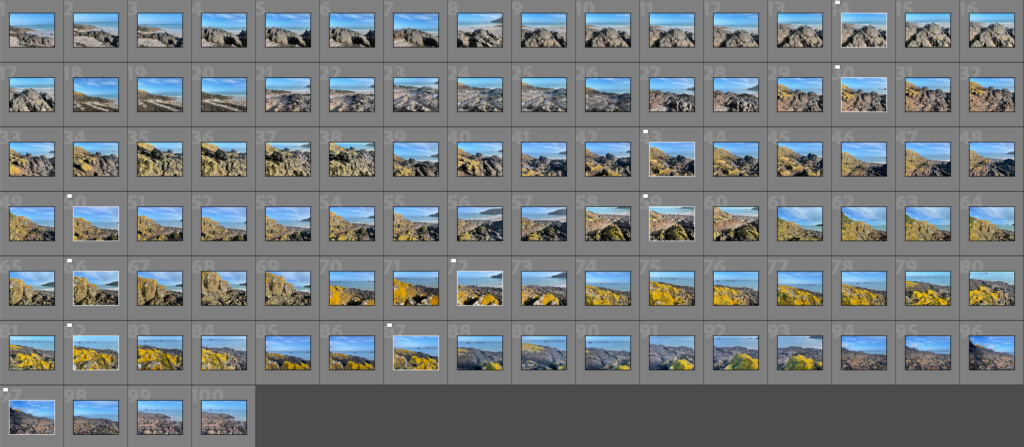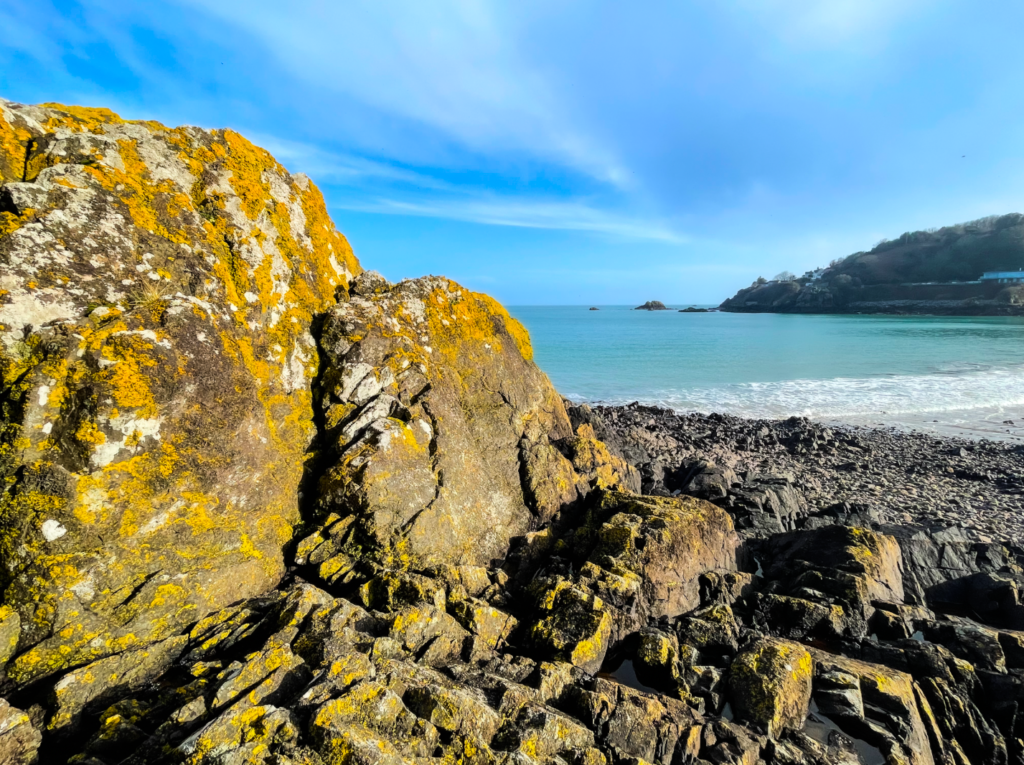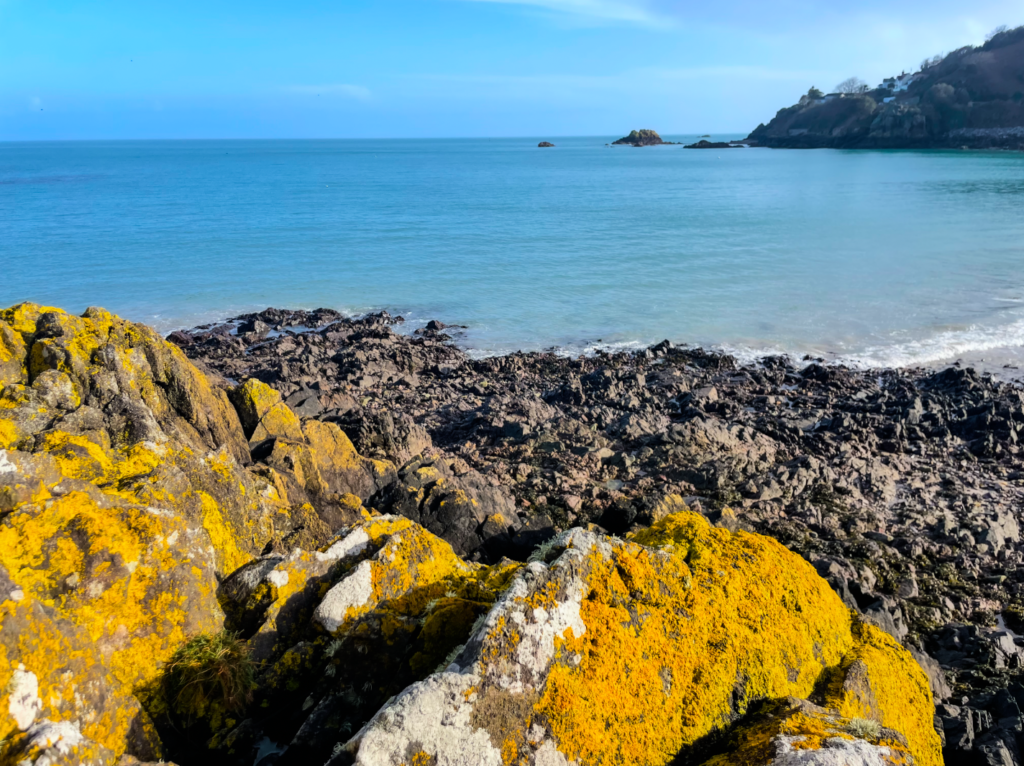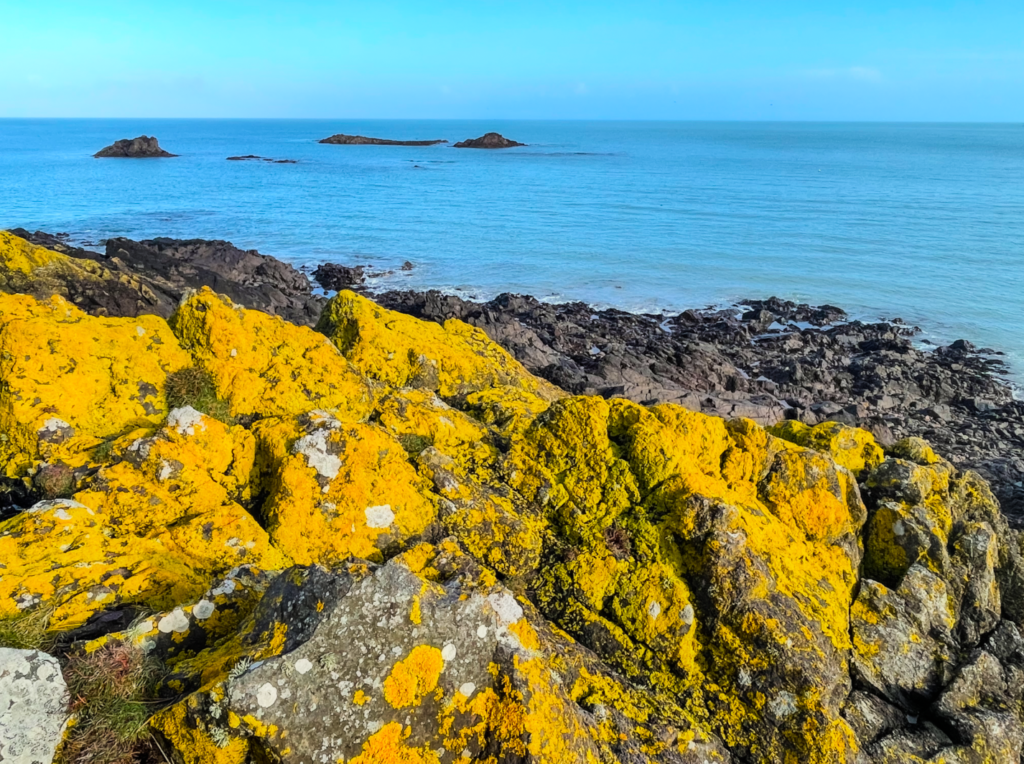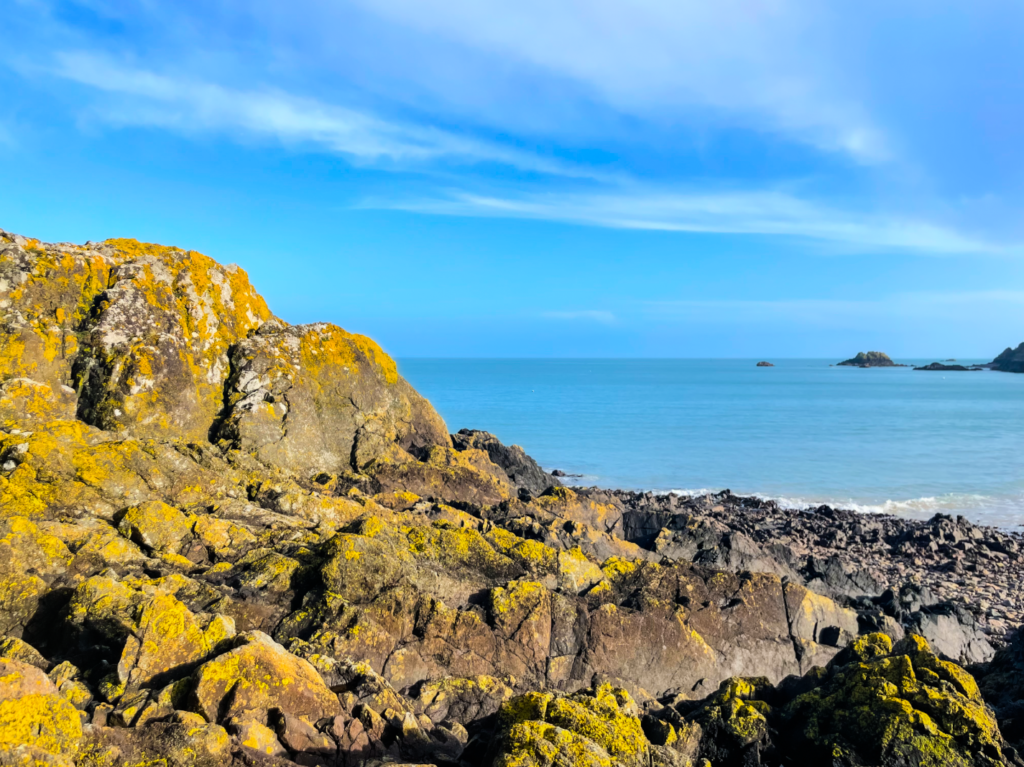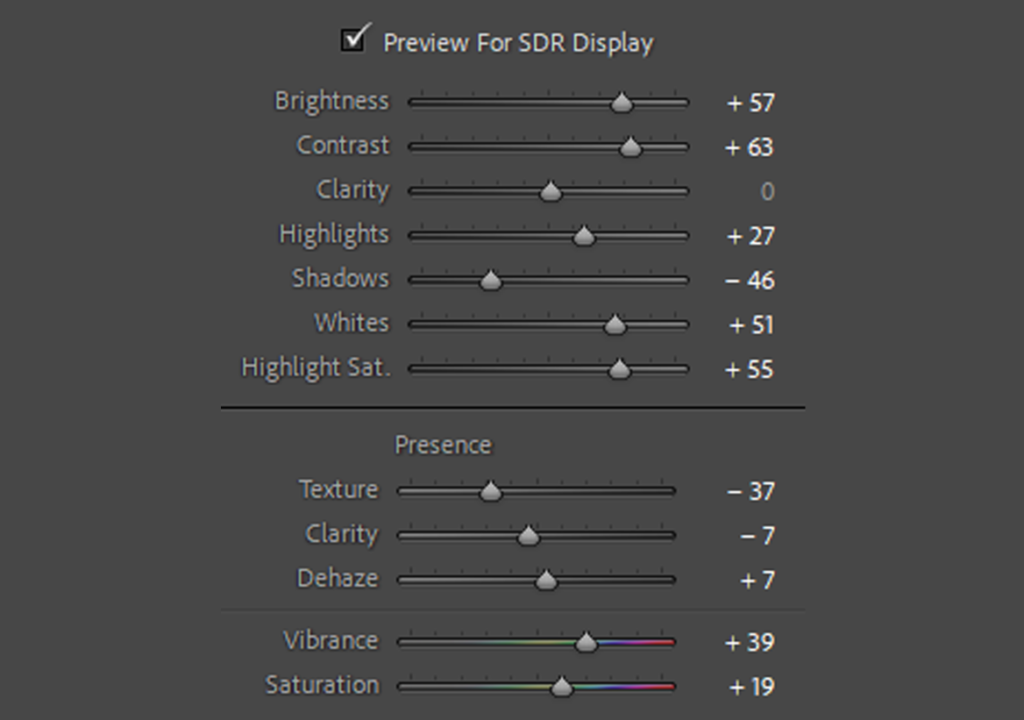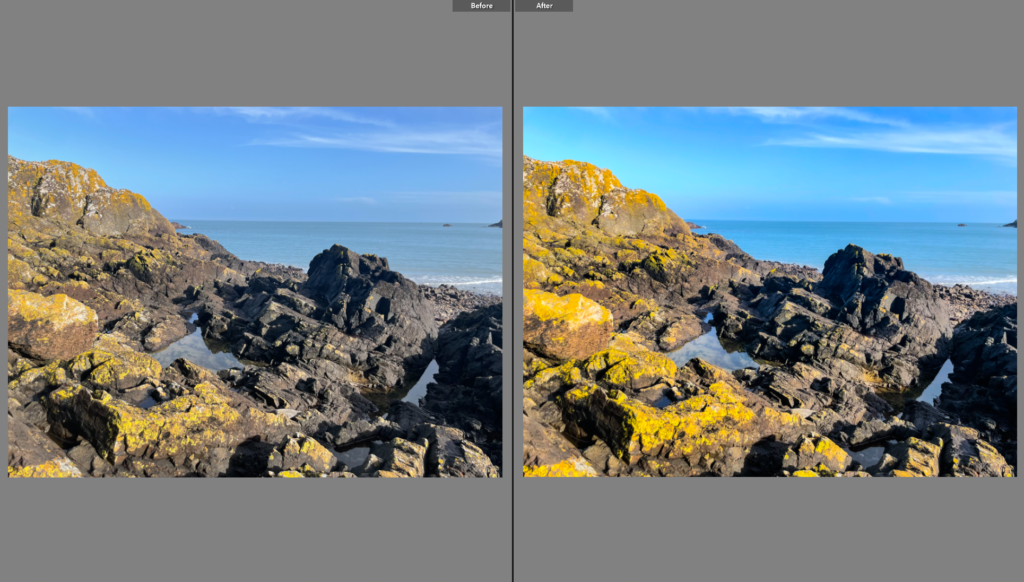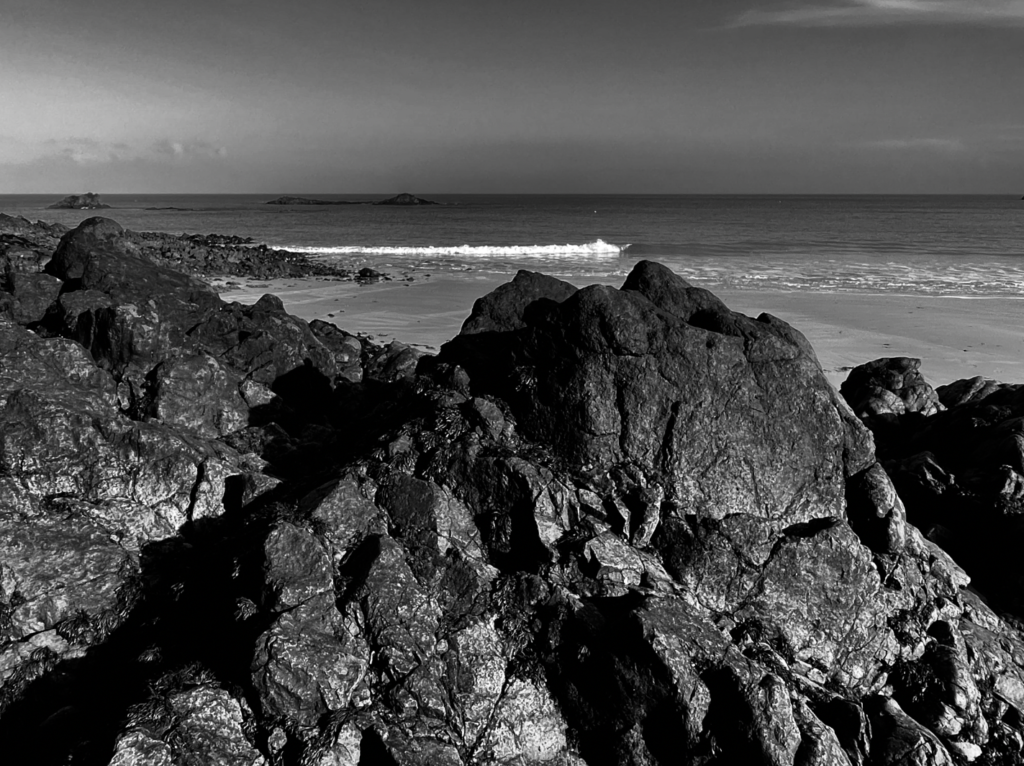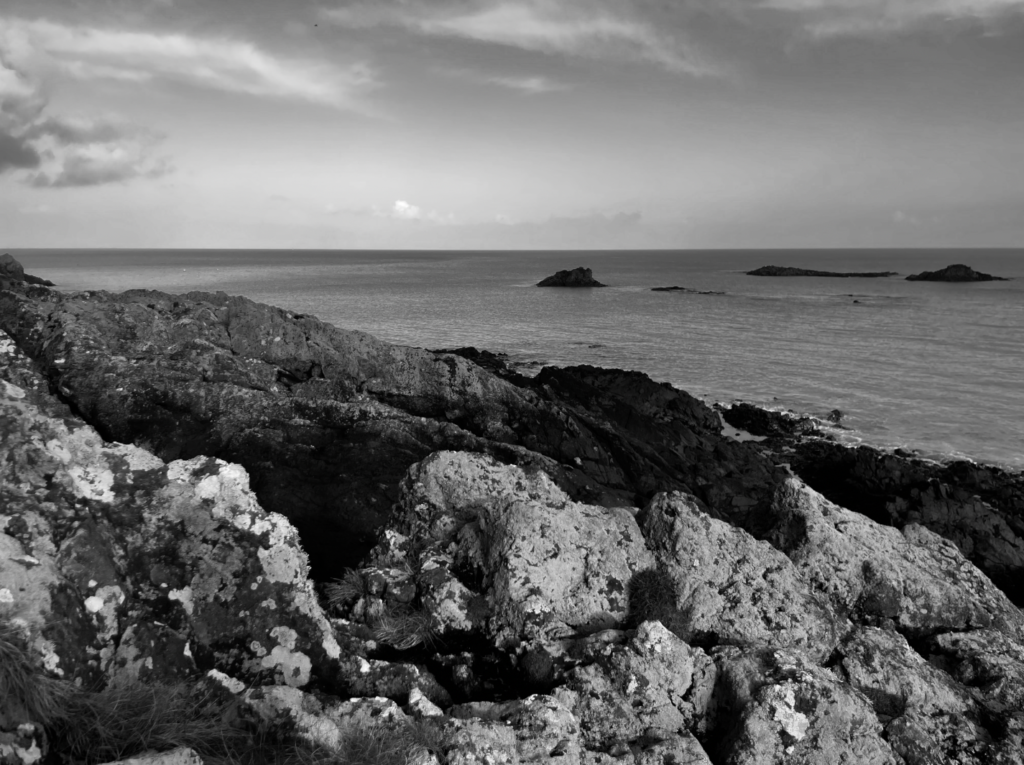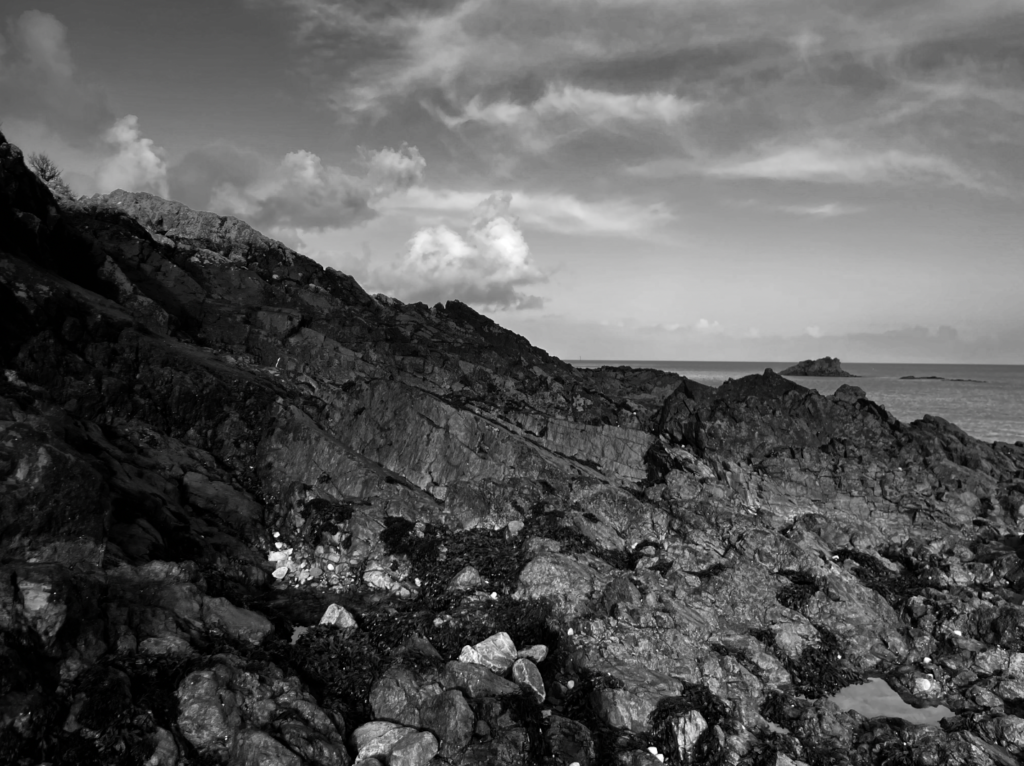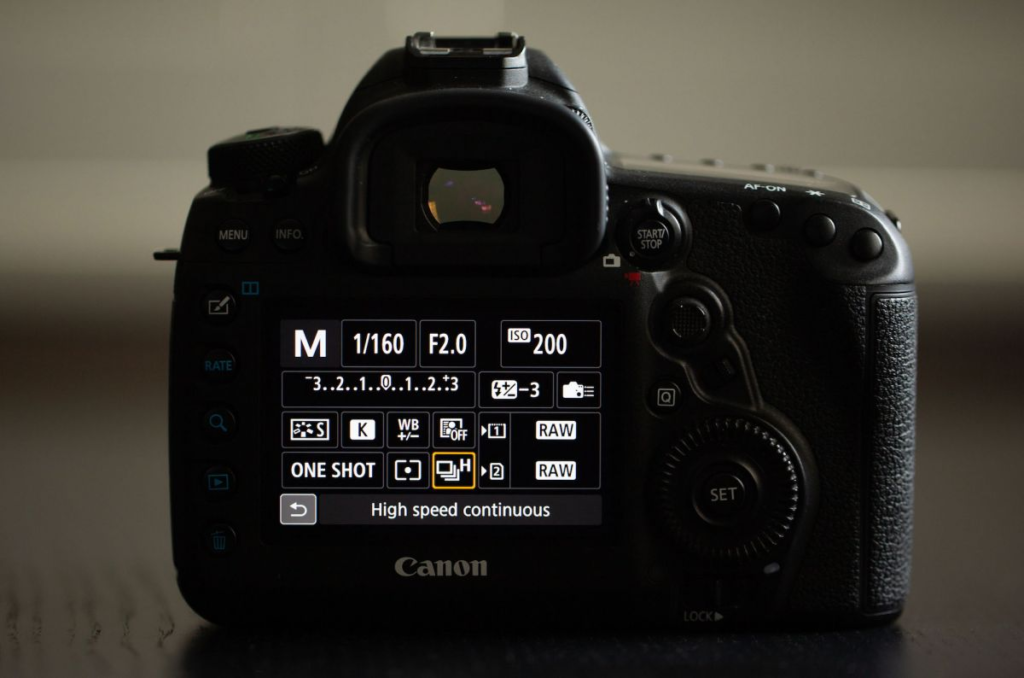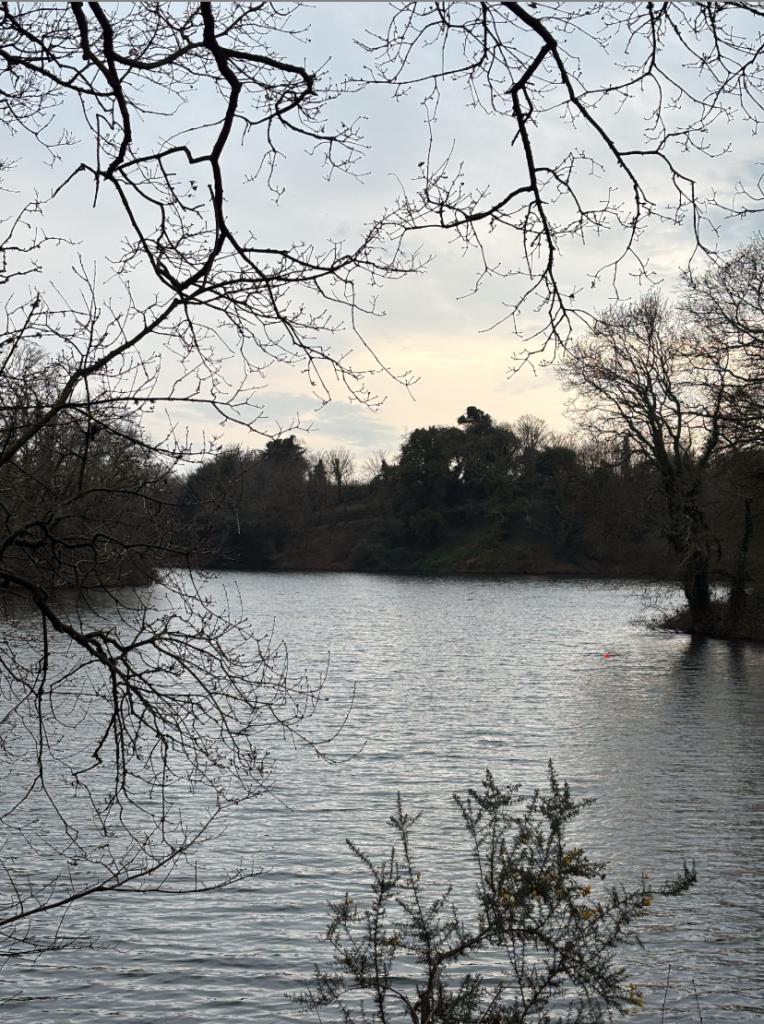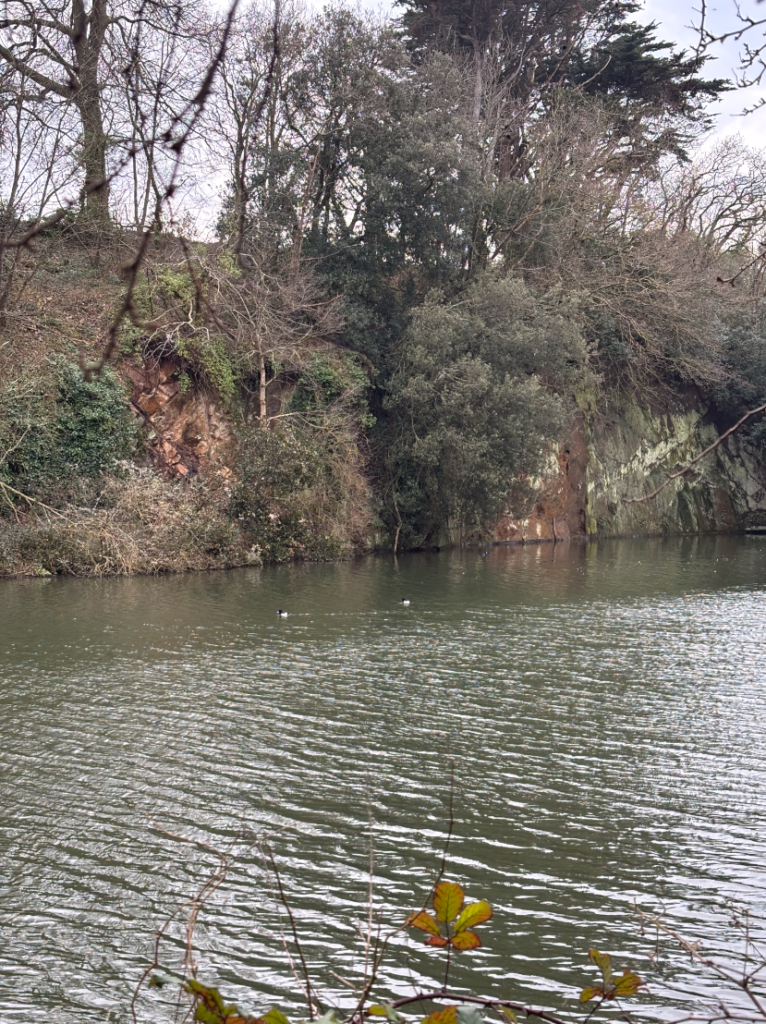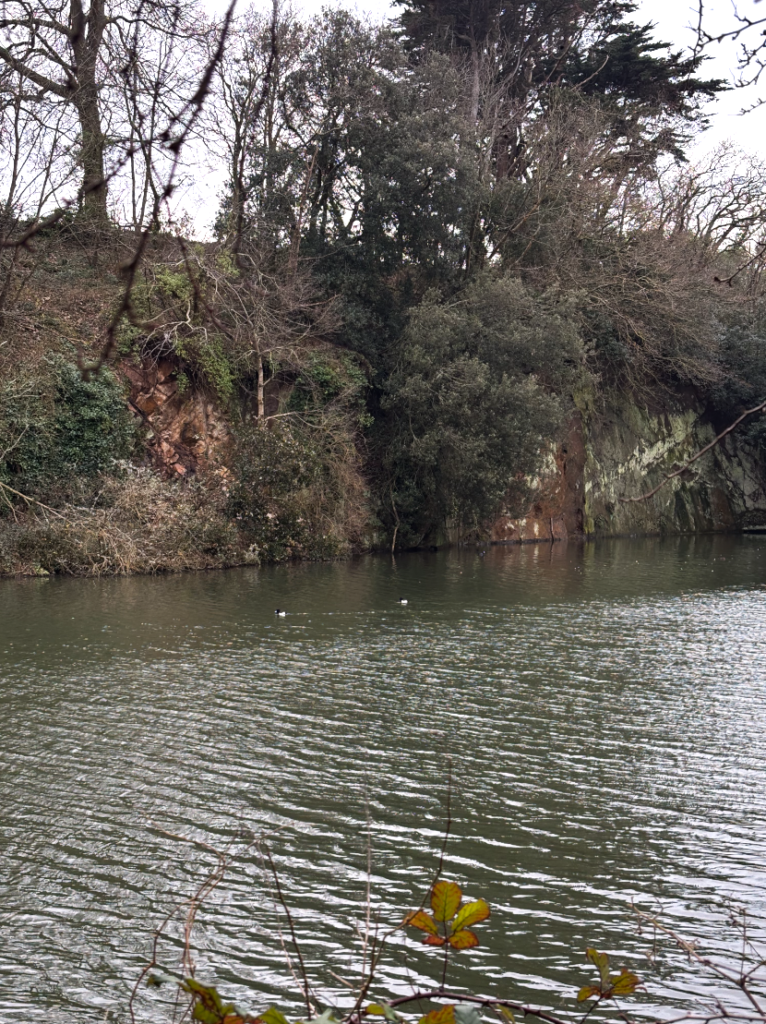Panoramic Landscapes

Panoramic photography is a technique of photography, using specialized equipment or software, that captures images with horizontally elongated fields of view. Panoramic landscapes are wide, expansive views that capture a large area of scenery in one image, often showcasing the beauty of nature. Referring to the wide or ultra-wide angled nature of the shot, these images are taken by a specialized camera with a wide lenses or created by stitching together multiple photos from different positions.
Joiner Photos

Joiner photography is a photographic technique wherein multiple pictures are assembled into one A joiner photo is a single image made up of multiple overlapping images. It is a photo collage when the artist assembles an image from several overlapping photographs. David Hockney is the most notable artist that uses this technique, creating a piece of art called ’Pearblossom Highway’ which depicts a view of an American Highway. It is a collage compiled from over 700 separate photographs. The artist himself describes his work as a drawing as opposed to a photographic piece.
My Panoramic Photos
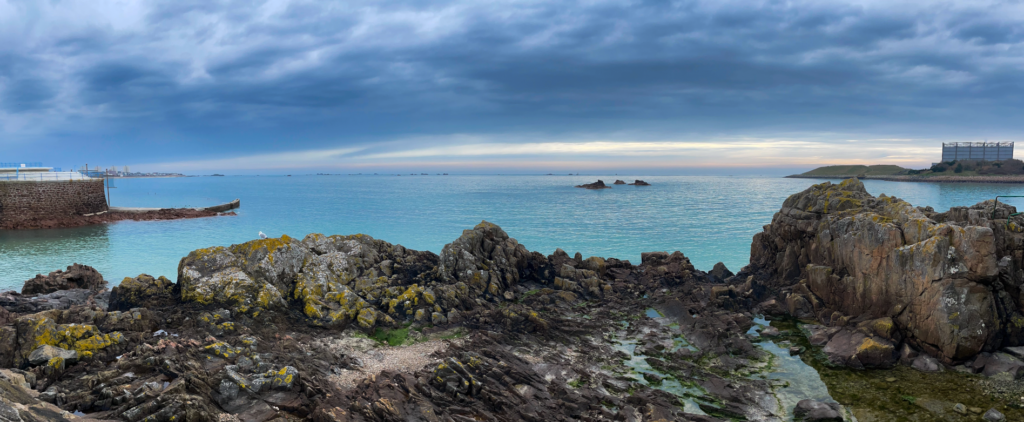
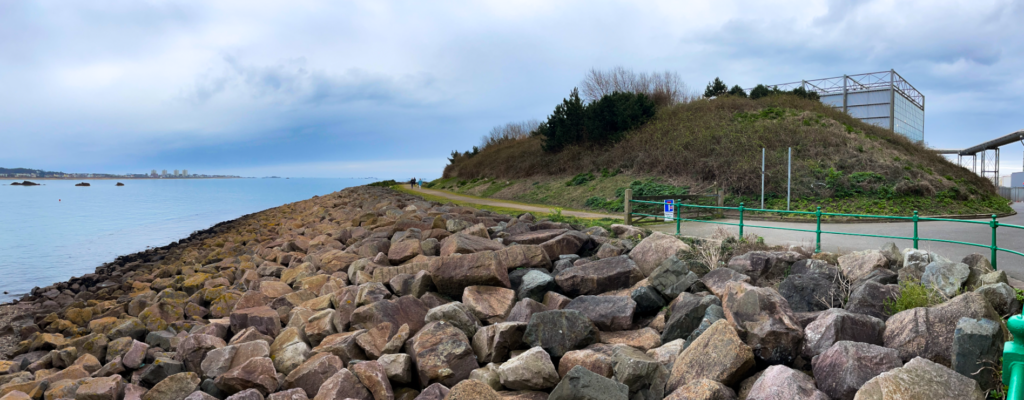
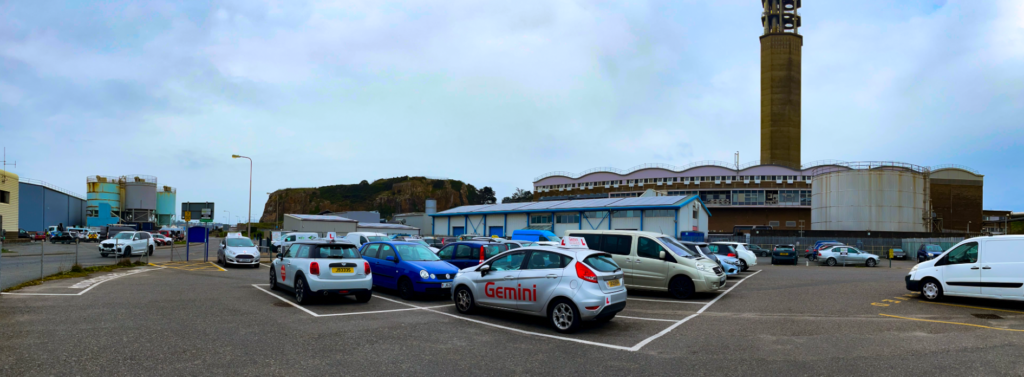
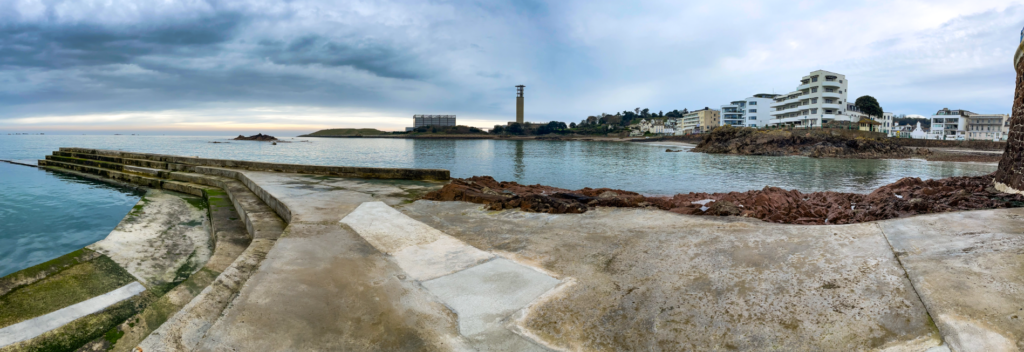
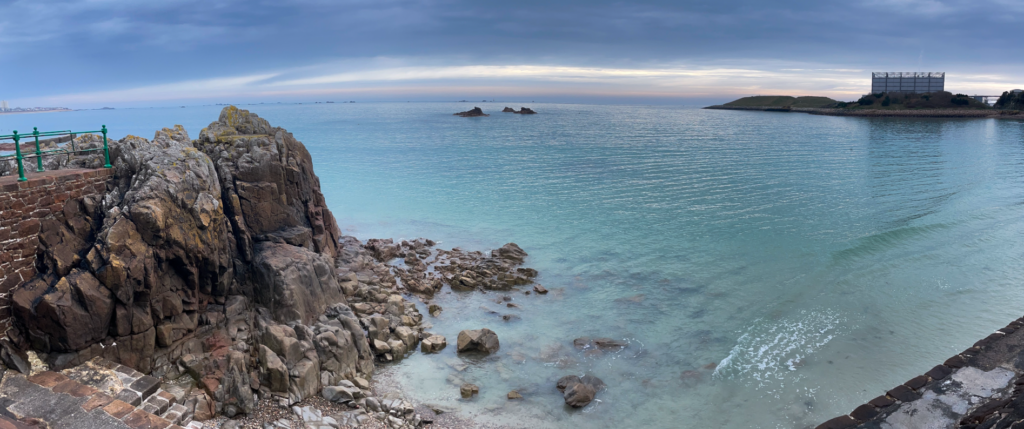

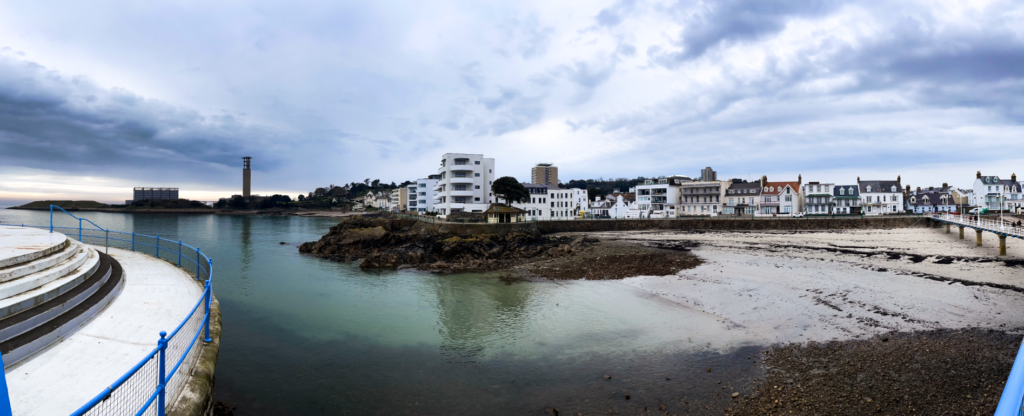
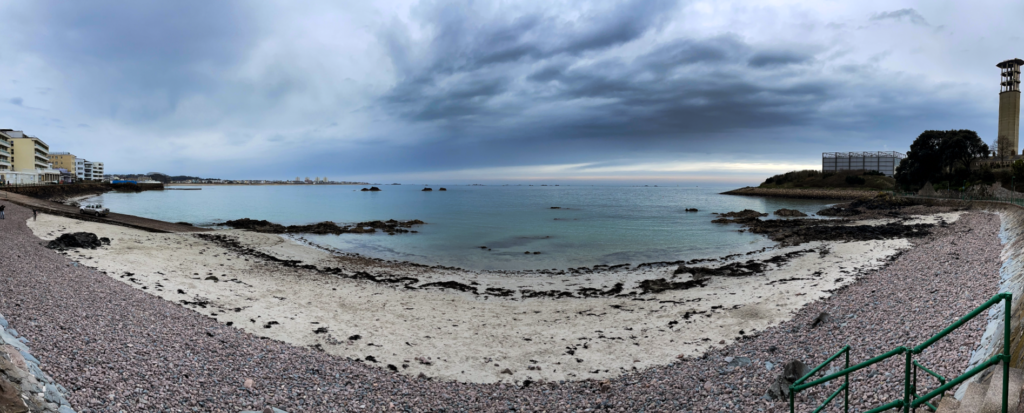


During our class trip to Havre des Pas, I took a collection of panoramic photos in order to be able to capture the entire setting and view of the area. With the walk being along the coast, I photographed a variety of concepts in my pictures with natural elements like rocks and the sea as well as industrial buildings. This referred to the photography movement of New Topographics where visuals of a man-altered environment are photographed. My shots of the recycling centre highlight this theme considering the position of such artificial and modern structures along side and juxtaposing a stunning coastal area. The panoramic technique of taking pictures was specifically useful for this shoot in particular to be allow for a raw and realistic view of the area to be seen with both natural and created environment as opposed to a refined and selective image.
My Joiner Photos
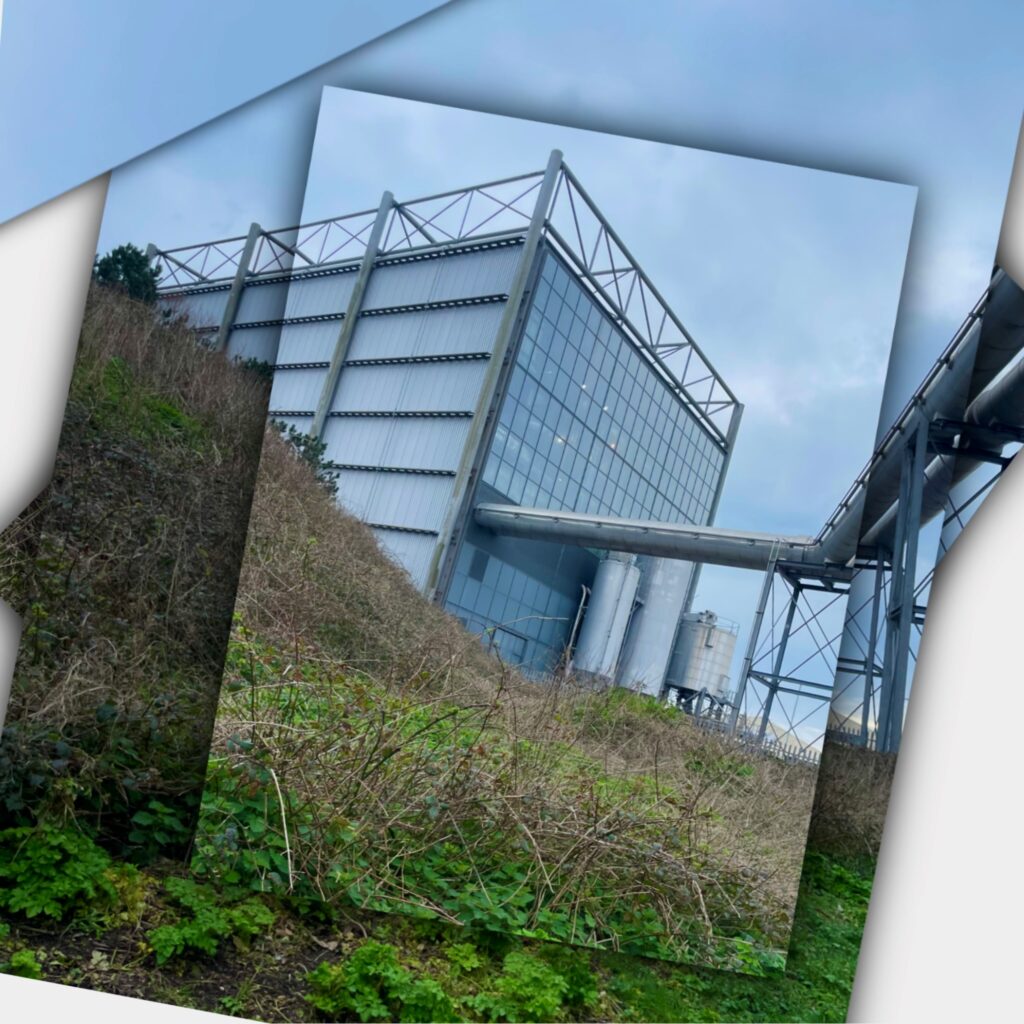
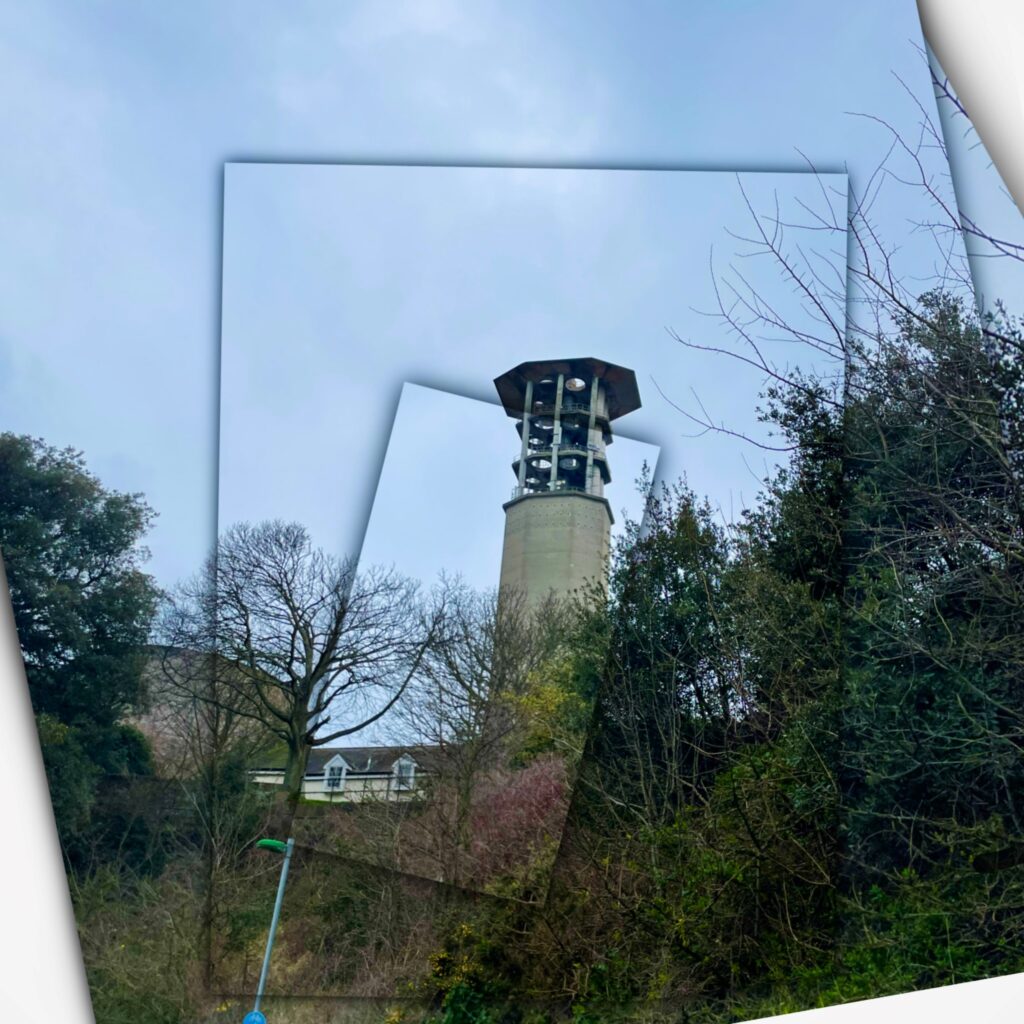
For my joiner photos, I took multiple photographs of a selected structure at a variety of angles and distances. I then brought these pictures into a canvas on photoshop and manually aligned them to match up against each other in the way they would have if it was a singular photo. To make my edits stand out and appear artistic, I added a thin shadow border to each image which helped to create depth in the overall composition.
